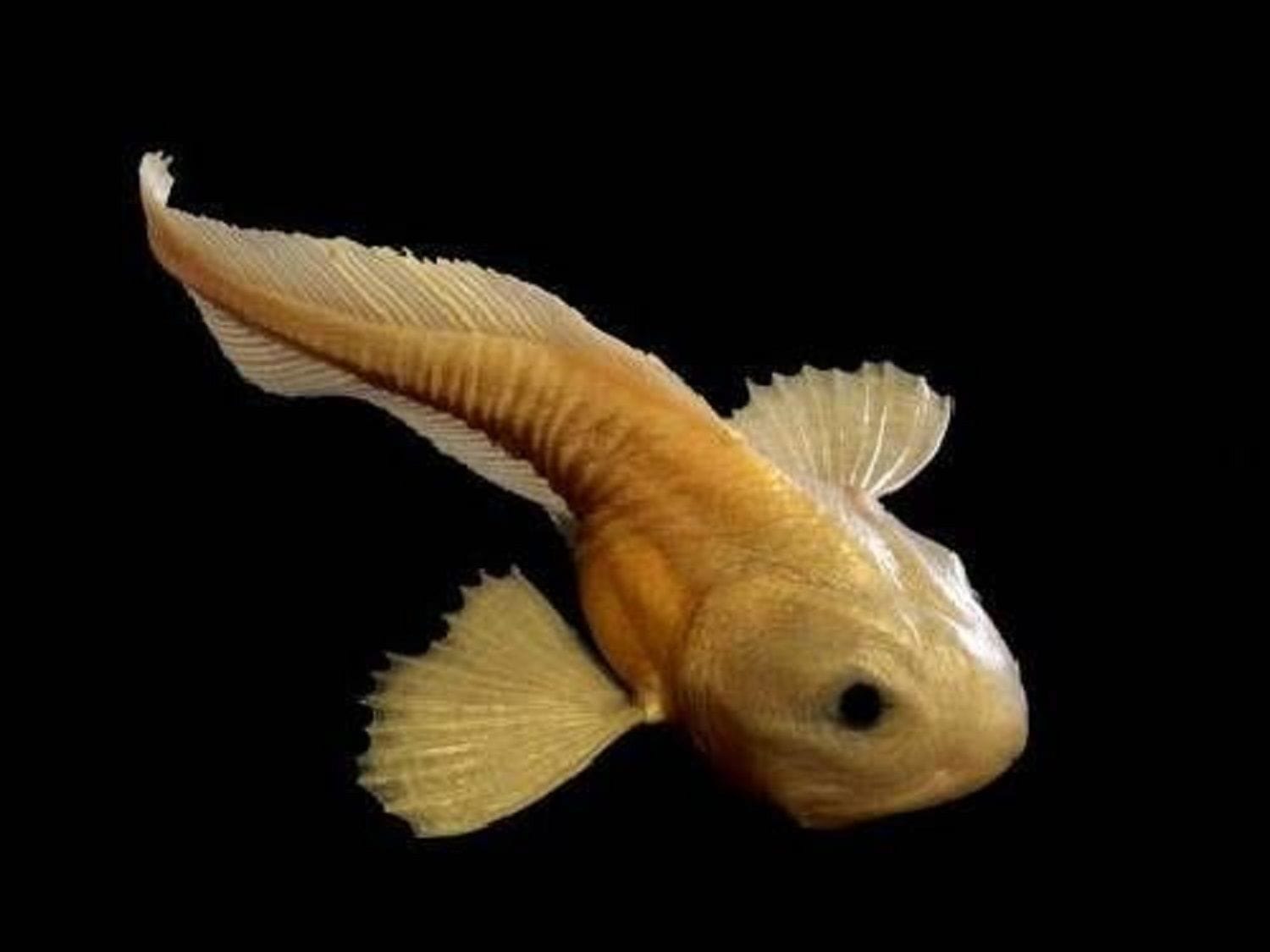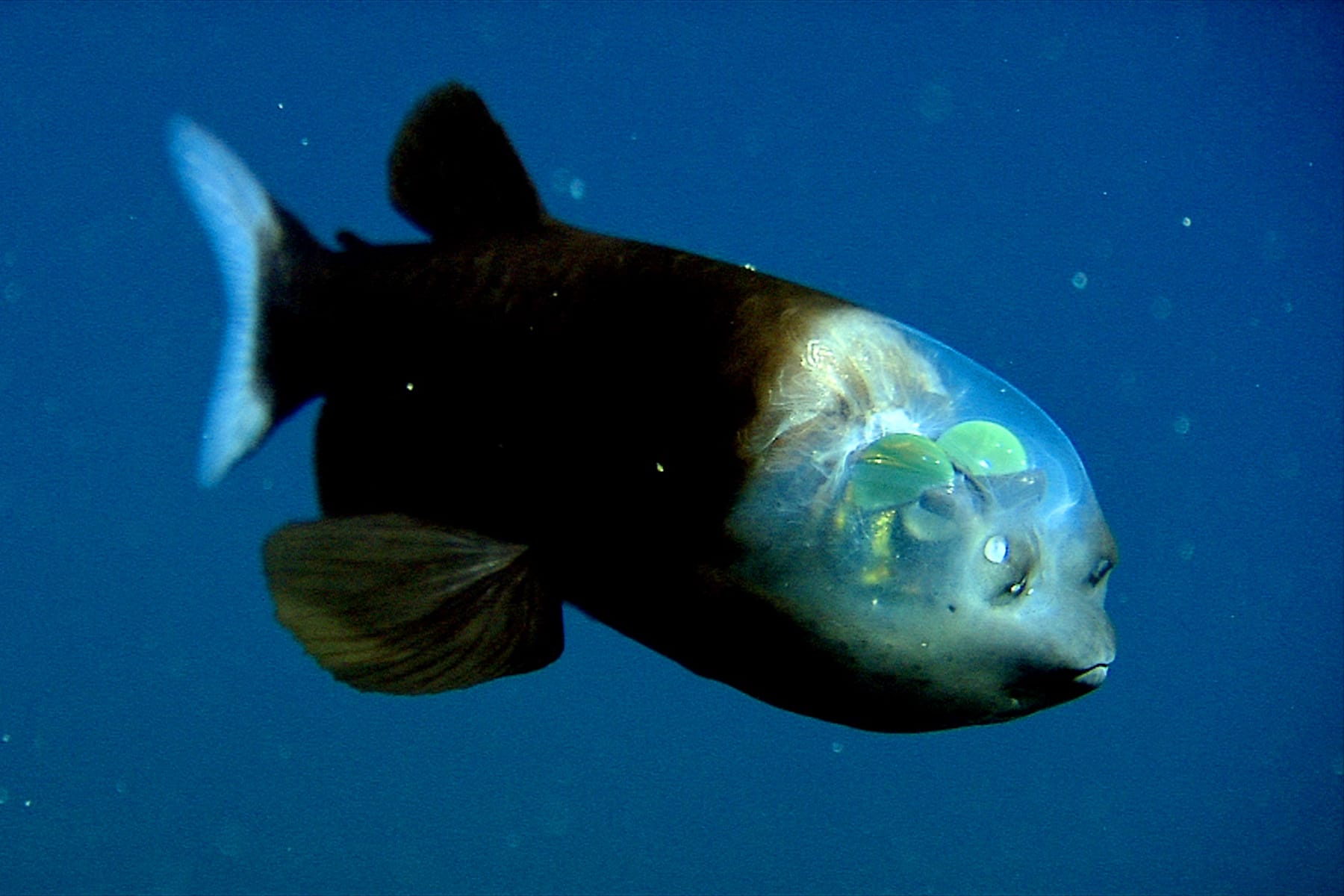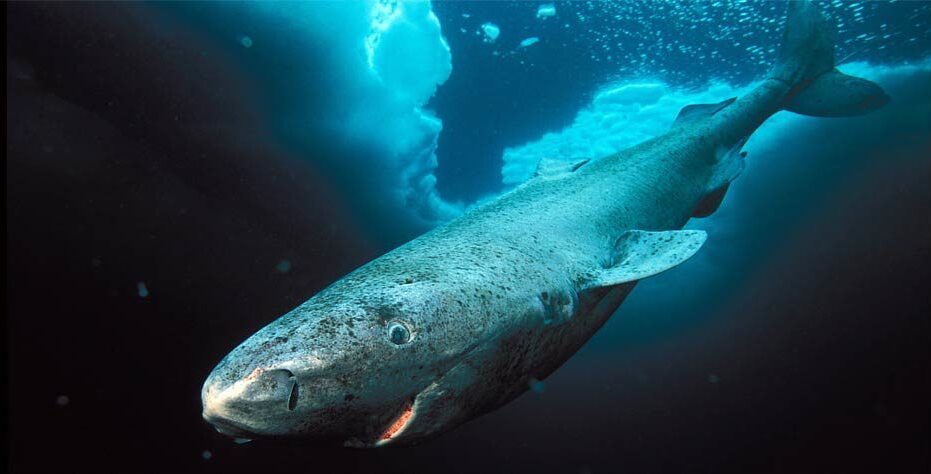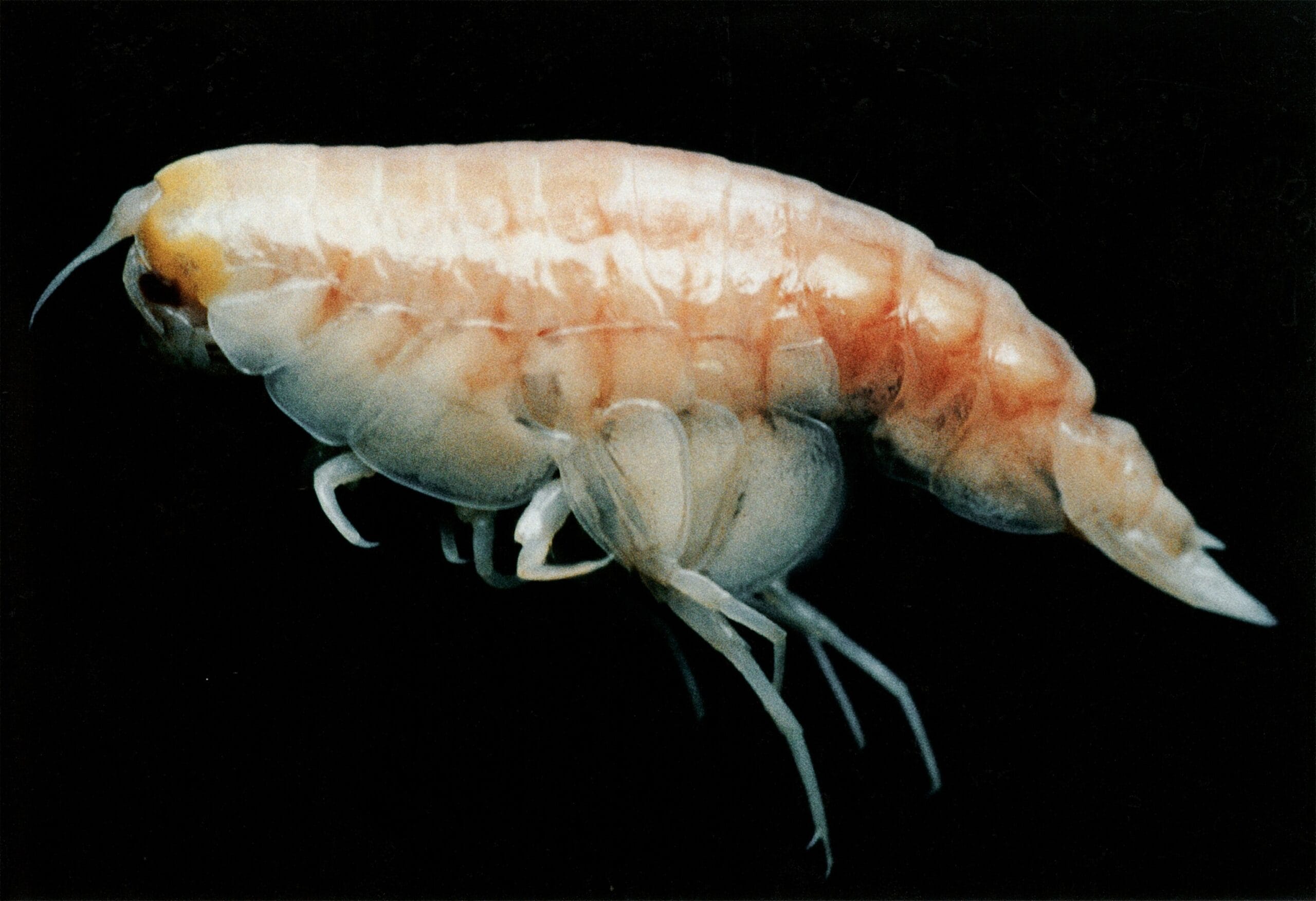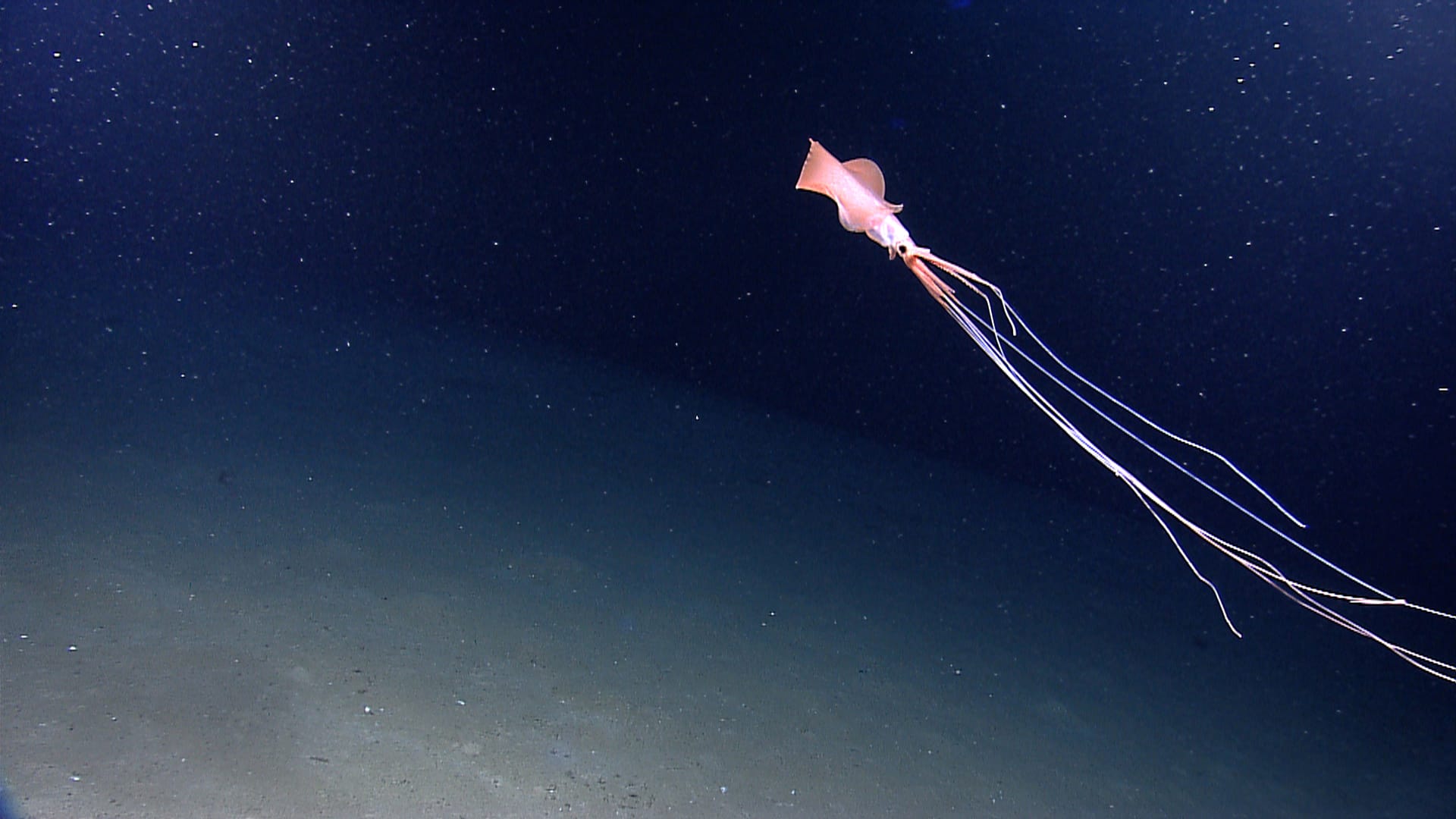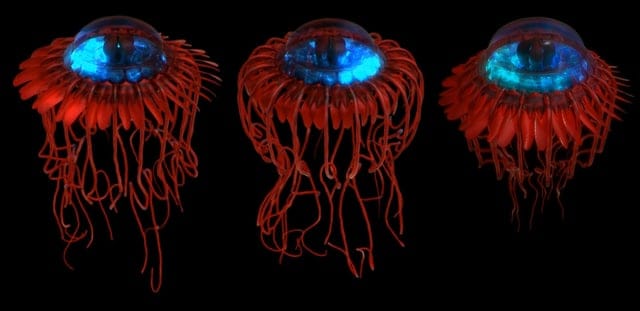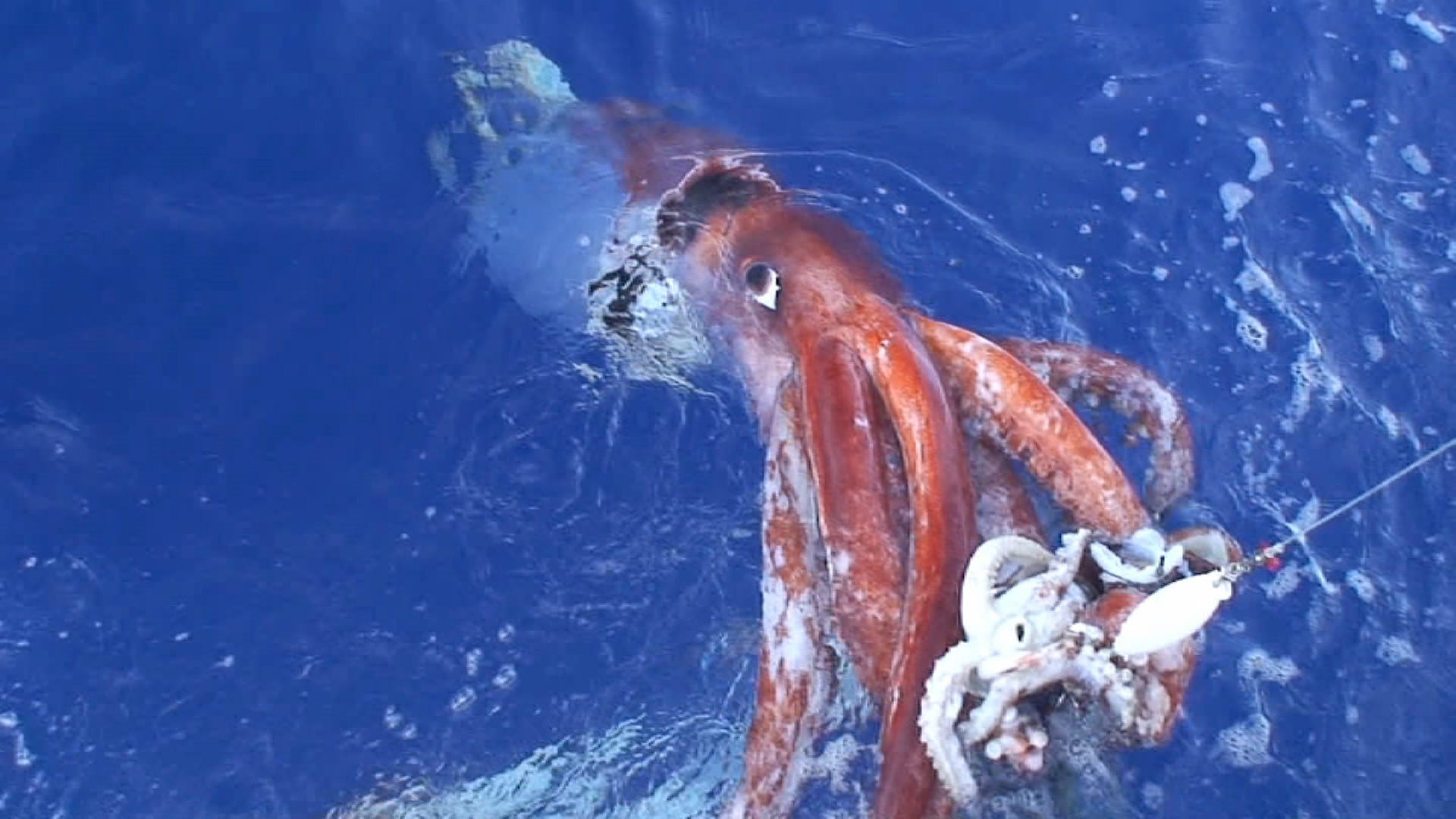The Mariana Trench is a fascinating and largely unexplored region of the Earth, lying deep beneath the Pacific Ocean’s surface. As the deepest trench on the planet, it is a gateway to a world of extremes, where life adapts in extraordinary ways to survive crushing pressures, freezing temperatures, and utter darkness.
In this comprehensive exploration, we dive into the trench’s history, strange phenomena, and the incredible array of creatures that call this abyssal zone home.
Introduction to the
Mariana Trench
The Mariana Trench stretches over 2,550 kilometers (1,580 miles) and descends to an astonishing depth of 11,034 meters (36,201 feet) at Challenger Deep. Located near the Mariana Islands, this geological marvel was formed as the Pacific Plate subducted beneath the smaller Mariana Plate millions of years ago.
Its inaccessibility and harsh conditions make the trench one of Earth’s least studied regions. However, technological advancements have unveiled its secrets, revealing alien-like creatures, unique ecosystems, and baffling geological phenomena.
Suspicious Phenomena in the Mariana Trench
The trench has long captured imaginations with its mysterious occurrences. Some of these phenomena continue to puzzle researchers:
1. The “Bloop” Sound
The “Bloop,” a low-frequency underwater noise detected in 1997, was initially speculated to come from an enormous marine organism. Later studies suggested it originated from icebergs. However, the possibility of an undiscovered deep-sea creature remains open. (https://oceanservice.noaa.gov/facts/bloop.html)
2. Moving Shadows
Sonar readings during trench explorations have occasionally captured massive, moving shapes that defy classification. Could these shadows represent unknown species, or are they large schools of smaller creatures?
3. Deep-Sea Microbial Life
Near hydrothermal vents, scientists have found extremophile microbes that use chemosynthesis(organisms produce energy and organic compounds using chemical reactions instead of sunlight.) to survive. These organisms thrive on chemical reactions, hinting at life’s potential to exist in extraterrestrial environments.
4. Unexplained Magnetic Fields
The trench exhibits unusual magnetic anomalies, likely caused by tectonic activity or iron-rich minerals. Yet, some theories propose extraterrestrial involvement or ancient geological mysteries.
Animal Life in The Mariana Trench
Is it possible ?
Despite the hostile conditions, life flourishes in the Mariana Trench. Creatures here possess extraordinary adaptations to withstand pressures over 1,000 times greater than at sea level, near-freezing temperatures, and complete darkness.
Life in the Mariana Trench defies expectations. The environment is defined by:
- Immense Pressure:
Over 1,000 times the atmospheric pressure at sea level. - Freezing Temperatures:
Ranging between 1–4°C (34–39°F). - Total Darkness:
Sunlight cannot penetrate beyond 200 meters, leaving the trench in perpetual darkness.
Yet, despite these extreme conditions, a plethora of creatures thrives in this abyss. From microscopic extremophiles to giant squids, the trench showcases the resilience and adaptability of life.
Below is an extensive look at the diverse animals of the trench:
Marine Animals of
The Mariana Trench
Fish and Vertebrates:
1. Snailfish (Pseudoliparis swirei):
- Depth Range:
- Up to 8,000 meters (26,200 feet).
- Details:
- With soft, gelatinous bodies, snailfish are perfectly adapted to extreme pressures. Their streamlined form and sensory adaptations help them find food in
darkness.
- With soft, gelatinous bodies, snailfish are perfectly adapted to extreme pressures. Their streamlined form and sensory adaptations help them find food in
- Depth Range:
2. Barreleye Fish (Macropinna microstoma):
- Depth Range:
- 400–2,500 meters (1,312–8,202 feet).
- Details:
- Barreleye fish have transparent heads and tubular eyes that rotate to spot prey. This unique feature allows them to survive in their dark environment.
- Depth Range:
3. Anglerfish
- Depth Range:
- 1,000–3,000 meters (3,280–9,840 feet).
- Details:
- Anglerfish possess a glowing lure to attract prey in the dark. Their fang-like teeth and expandable stomachs allow them to consume prey much larger than themselves.
- Depth Range:
4. Viperfish
- Depth Range:
- 500–2,800 meters (1,640–9,186 feet).
- Details:
- Known for their fang-like teeth and glowing lure, viperfish are one of the trench’s top predators. They can attack prey with lightning-fast speed.
- Depth Range:
5. Dumbo Octopus (Grimpoteuthis)
- Depth Range:
- 3,000–4,000 meters (9,840–13,120 feet).
- Details:
- Named for its ear-like fins, this octopus uses its fin-like structures to “fly” through the water, searching for worms and crustaceans.
- Depth Range:
6. Greenland Shark
- Depth Range:
- will be 2,200 meters – 7,200 feet in the trench.(Occasionally observed)
- Details:
- Known for their slow movement and incredible lifespan of up to 400 years, Greenland sharks feed on carrion and occasionally hunt live prey.
- Depth Range:
Invertebrates and Crustaceans:
7. Amphipods (Hirondellea gigas)
- Depth Range:
- Found at Challenger Deep.
(10,935 meters – 35,876 feet)
- Found at Challenger Deep.
- Details:
- These scavengers consume organic matter that drifts to the seafloor. They have pressure-resistant enzymes and provide a vital link in the deep-sea food chain.
- Depth Range:
8. Giant Isopods (Bathynomus giganteus)
- Depth Range:
- 170–2,140 meters (558–7,021 feet).
- Details:
- These enormous relatives of pillbugs can grow up to 40 centimeters (16 inches) and feed on dead marine animals.
- Depth Range:
9. Deep-Sea Squid (Magnapinna)
- Depth Range:
- 4,000 meters (13,123 feet).
- Details:
- Known as “Bigfin Squid,” their elongated tentacles resemble spaghetti. They hover motionlessly, waiting for food to drift by.
- Depth Range:
10. Sea Cucumbers
- Depth Range:
- Found on the seafloor.(8,900 m – 10,000m)
- Details:
- Essential to the trench’s ecosystem, sea cucumbers recycle nutrients by consuming organic debris.
- Depth Range:
Bioluminescent Creatures:
11. Atolla Jellyfish
- Depth Range:
- 1,000–3,000 meters (3,280–9,840 feet).
- Details:
- When threatened, the Atolla jellyfish emits a bright, flashing bioluminescent display to attract larger predators to its attacker.
- Depth Range:
12. Lanternfish
- Depth Range:
- 300–1,200 meters (984–3,937 feet).
- Details:
- Lanternfish are among the most abundant creatures in the ocean, using light to evade predators and communicate.
- Depth Range:
13. Hatchetfish
- Depth Range:
- 50–1,500 meters (164–4,921 feet).
- Details:
- Hatchetfish use light-emitting organs to mimic the faint glow of surface light, camouflaging themselves from predators below.
- Depth Range:
Gigantic and Rare Creatures:
14. Giant Squid (Architeuthis dux)
- Depth Range:
- 500–2,000 meters (1,640–6,561 feet).
- Details:
- This legendary deep-sea giant can reach lengths of 13 meters (43 feet), using its massive tentacles to capture prey like fish and crustaceans.
- Depth Range:
15. Colossal Squid (Mesonychoteuthis hamiltoni)
- Depth Range:
- Rare but sighted in trenches.(20 to 2,000 meters)
- Details:
- Heavier and more elusive than the giant squid, the colossal squid has sharp hooks on its tentacles and is thought to be a ferocious predator.
- Depth Range:
Why These Creatures Matter
The animals of the Mariana Trench are not just evolutionary marvels; they also hold immense scientific and ecological significance:
- Understanding Extremophiles:
These creatures help us understand how life can adapt to extreme conditions, offering insights into potential extraterrestrial life on planets like Europa. - Preserving Biodiversity:
Deep-sea species contribute to Earth’s biodiversity and help maintain the balance of ocean ecosystems. - Technological Inspiration:
Studying bioluminescence and pressure-resistant adaptations could lead to advancements in technology and medicine.
Conclusion
The Mariana Trench remains one of Earth’s last frontiers, filled with mysteries and marvels. Its unique animals, from glowing jellyfish to colossal squid, highlight the resilience of life in the most extreme conditions. Exploring this abyss not only deepens our understanding of life on Earth but also opens doors to discoveries that could transform science, technology, and our understanding of the universe.
The trench is a reminder of how much there is yet to explore in the oceans—and how little we know about our own planet. As technology advances, the secrets of the Mariana Trench may finally come to light, offering a glimpse into the unseen world beneath the waves.
(Click notification ![]() for more updates)
for more updates)


